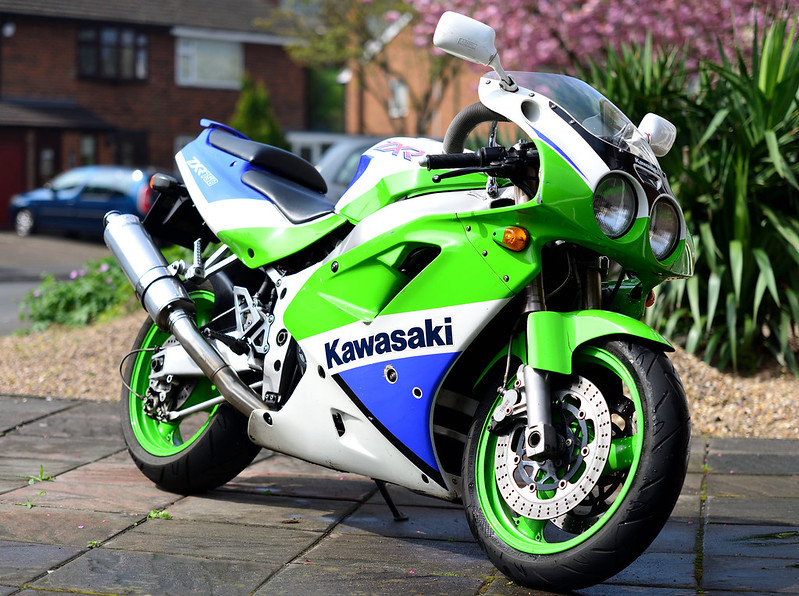Rustybin":1qbgn7on said:
I am intrigued as to how one would do this with hand tools.
Interesting question. I use hand tools to do something similar when I make "butterfly cleats" like this,
These are
jointing surfaces, so to achieve a gap free result they need to be precise to the nth degree, however I'd adopt the same general approach, but with a bit less rigour, for the application you mentioned, where it only has to
look right as opposed to actually
be right.
There are two tools that haven't been mentioned that I find useful. Firstly, a saw. At the very least I'd put a relief cut as deep as I dare right into the very corner of the angle, alternatively I might do the entire job with a saw and then just leave clean up and final truing using other tools. It's actually no different, in terms of the precision required, to dovetailing.
The second tool is a shoulder plane, but used
across the grain rather than
along the grain. That way you can get right into the internal corner and produce a pleasingly crisp internal angle. To avoid spelching you work from the outside in towards the centre.
Apart from that it's all down to a good wide paring chisel with a perfectly flat back.
Pete made an excellent point about a chisel plane digging in. Even with a sharp iron and a fine cut I find the exact same tendency, there's also the fact that without any toe to the sole it's maddeningly difficult to actually
begin the cut cleanly and accurately. I know plenty of professional cabinet makers who have pretty much abandoned chisel planes for these reasons.
It's a bit of a digression but I suspect this speaks to an essential truth about the fundamental mechanics of planing, in that the pressure exerted on the toe of the sole, by the iron trying to dive into the workpiece, is far greater than is generally realised.
I lubricate the sole of my bench planes with a squiggle of candle wax, what I see in practise is that the wax on the sole gets removed in
front of the iron faster than it gets removed
behind the iron. I've often wondered if this is due to this same "turning" force exerted by the iron trying to dive into the workpiece, and therefore pivoting the plane around an axis in line with the cutting edge of the iron?
It would also explain why it's relatively easy to plane, even with a really long jointer, by just holding the rear handle and so plane one handed. If you watch experienced craftsmen planing long boards they'll sometimes do this in order to plane the full length of the board without having to move their feet.







